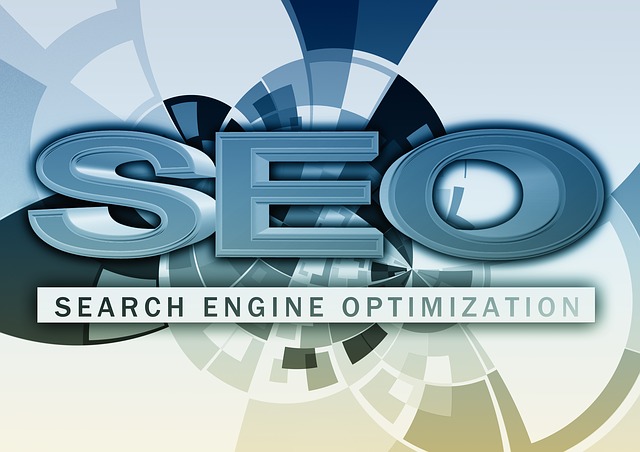Since the Internet has become the tool of choice for prospects when researching information and making purchase decisions, having a well designed website is crucial to the success of your business. With so many marketing dollars being used to get businesses found online, once a prospect finds your site you’ll want to give a great first impression. An easy to use and resourceful website will encourage prospects to continue to visit and share your website with colleagues. While this is not an all-inclusive list, we’ve provided some of the most important aspects to consider when building your dynamic website.
By now, all marketers have heard about the benefits of inbound marketing. The challenge for many is how to get started. There are many different aspects of inbound marketing, and implementing them all at once can be a monumental feat. Fortunately, there are many easy ways you can begin to use inbound marketing to generate leads. Here, we outline some of the basics to get your company started.
One of the most difficult pieces of an inbound marketing strategy is obtaining backlinks to your website. Having links to your pages that come from reputable websites is essential to improving your search rankings. In the past, many marketers have dropped links into the comment sections of blogs that may have nothing to do with their content. Search engines have begun to figure this practice out and it is no longer effective. There are many legitimate ways you can obtain backlinks for free.
Search engines reward websites with higher rankings based upon their usability. Your SEO will improve when visitors stay on your site longer, view more pages and repeat visits. The ability to be found easily through search engines is the foundation of organic website traffic. There are many ways you can improve your SEO. Auditing your website and making these improvements will greatly improve the chances a prospect finds your company when searching for a solution.
This is the fourth blog in our series outlining the importance of the different aspects of Inbound and Outbound Marketing. The following represent components that were formerly part of an “old school” marketing plan, however, with fewer companies leaning on these aspects, they have become more effective and a unique way to approach potential clients.









